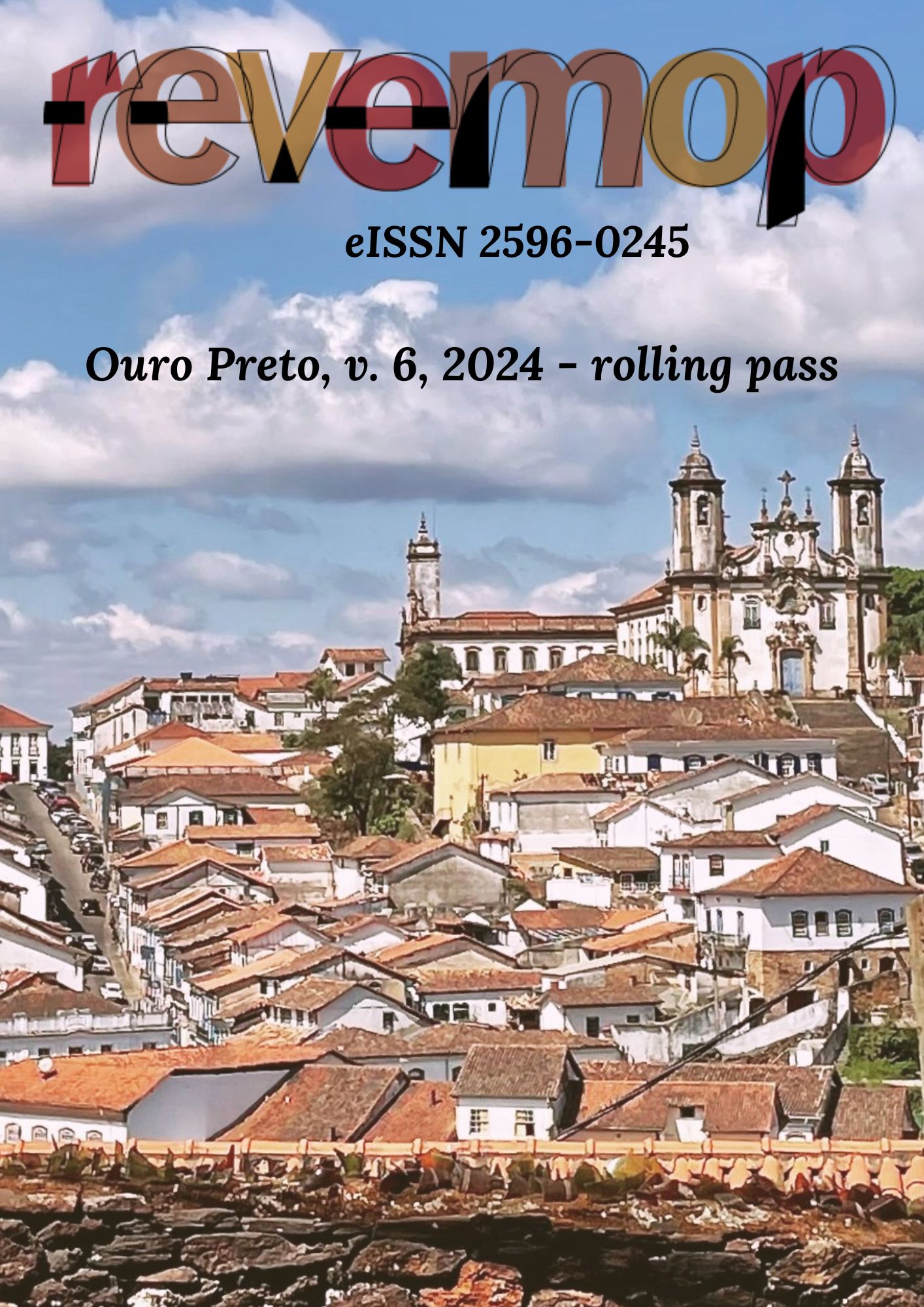Literatura Infantil e Frações: Ampliando o Conhecimento Profissional do Professor
Resumo
O presente estudo investiga a (re)significação dos conhecimentos profissionais de um grupo de professores em relação ao ensino de frações, utilizando a literatura infantil como recurso didático. A pesquisa qualitativa foi realizada com 15 professores de uma escola pública na Zona Norte de São Paulo. Os procedimentos metodológicos incluíram análise de dados por meio de gravações, protocolos e observação em sala de aula, seguindo os passos descritos por Bardin. Fundamentado em Shuman os resultados indicam que os professores reconheceram a importância de integrar a literatura no ensino de matemática desde os primeiros anos de escolaridade, alinhando suas práticas com as diretrizes da BNCC. O estudo evidencia o desenvolvimento do conhecimento da matéria ensinada e pode ampliar também o conhecimento pedagógico do conteúdo e curricular dos professores.
Downloads
Referências
BARDIN, L. Análise de conteúdo. São Paulo: Edições 70, 2011.
BRASIL, Secretaria de Ensino Fundamental. Parâmetros Curriculares Nacionais de Língua Portuguesa, 1º e 2º Ciclos do Ensino fundamental. Secretaria de Educação Fundamental. Brasília: MEC/SEF, 1997. Disponível em: http://portal.mec.gov.br/seb/arquivos/pdf/livro02.pdf acesso em 10 mai. 2024.
BRASIL, Base Nacional Comum Curricular: Brasília: MEC/SEF, 2018. Disponível em http://download.basenacionalcomum.mec.gov.br/ acesso em 10 mai. 2024.
FIORENTINI, D.; LORENZATO, S. Investigação em Educação Matemática: percursos teóricos e metodológicos. Campinas: Autores Associados, 2006. (Coleção Formação de Professores).
IMBERNÓN, F. Formação continuada de professores. Porto Alegre: Artmed, 2010.
MACHADO, N. J. O Pirulito do Pato. 5ª edição. 24p. São Paulo: Scipione, 2003.
_________, N.J. Matemática e Língua Materna: análise de uma Impregnação Mútua. 4. ed. São Paulo: Cortez, 1998.
XXXXX 2019
SMOLE C: CÂNDIDO Patrícia STANCANELLI, Renata: Matemática e Literatura infantil. Belo Horizonte; Lê, 1998.
__________, K.C.S; Diniz, M.I. (Org.). (2001). Ler, escrever e resolver problemas: habilidades Básicas para aprender matemática. Porto Alegre: Artmed, 2001. 260
__________,K.S.; DINIZ, M.I.; MILANI, E.. Cadernos do Mathema: Jogos de matemática de 6º a 9º ano. Porto Alegre: Artmed, 2007.
SHULMAN, L. S. Those who understand: knowledge growth in teaching. Educational Researcher, v. 15, n. 4, p. 4-14, 1986.
_____________. Autonomy and obligation: the remote control of teaching. In L.S. Shulman e G.Sykes (Eds). Handbook of teachind and policy, New York:Longman, 1983.
SPINILLO, A. G. A importância do referencial de ‘metade’ e o desenvolvimento do conceito de proporção. Psicologia: Teoria e Pesquisa, 1992. Disponível em: https://periodicos.unb.br/index.php/revistaptp/article/view/17142 acesso em 10 mai. 2024.





























